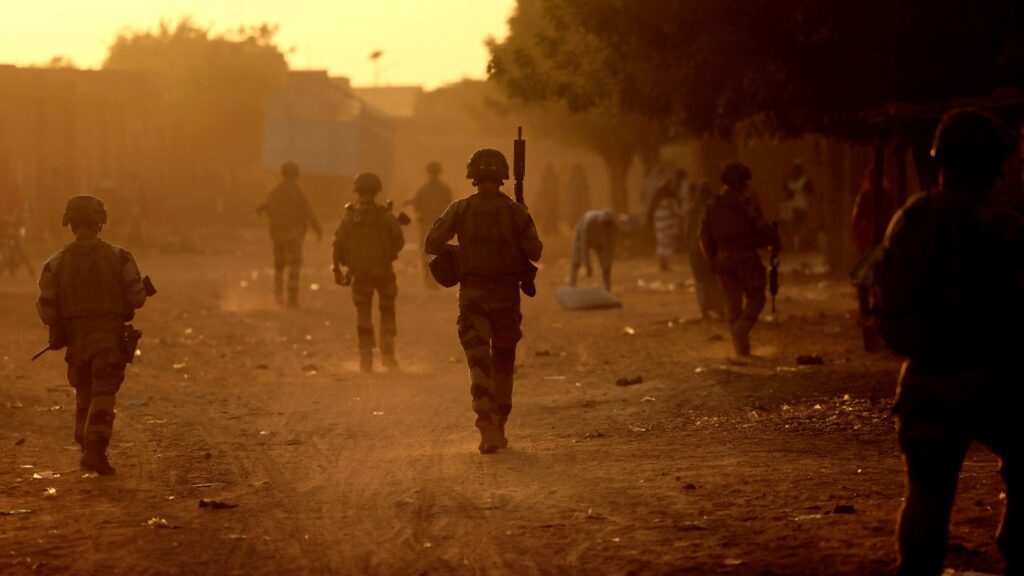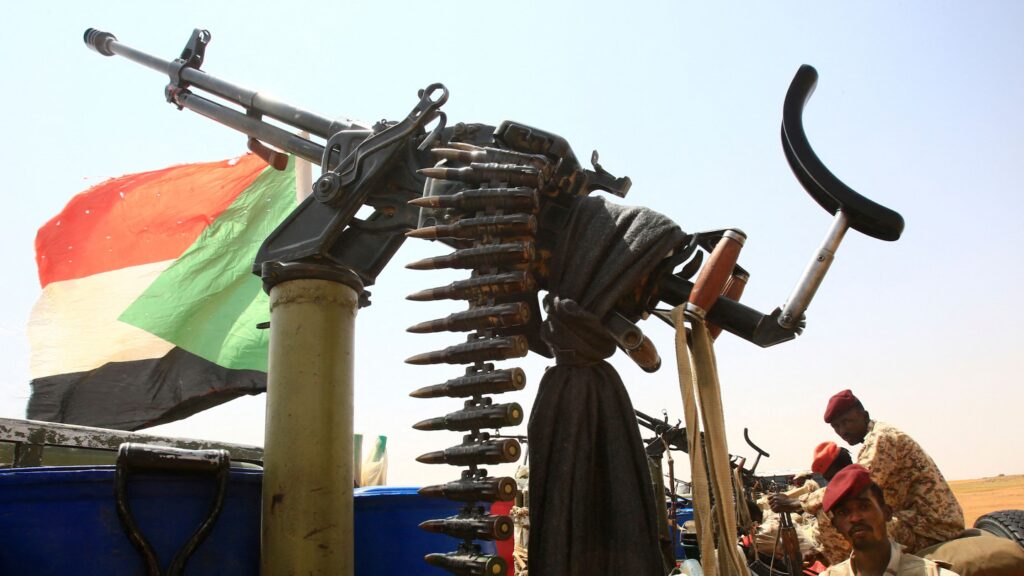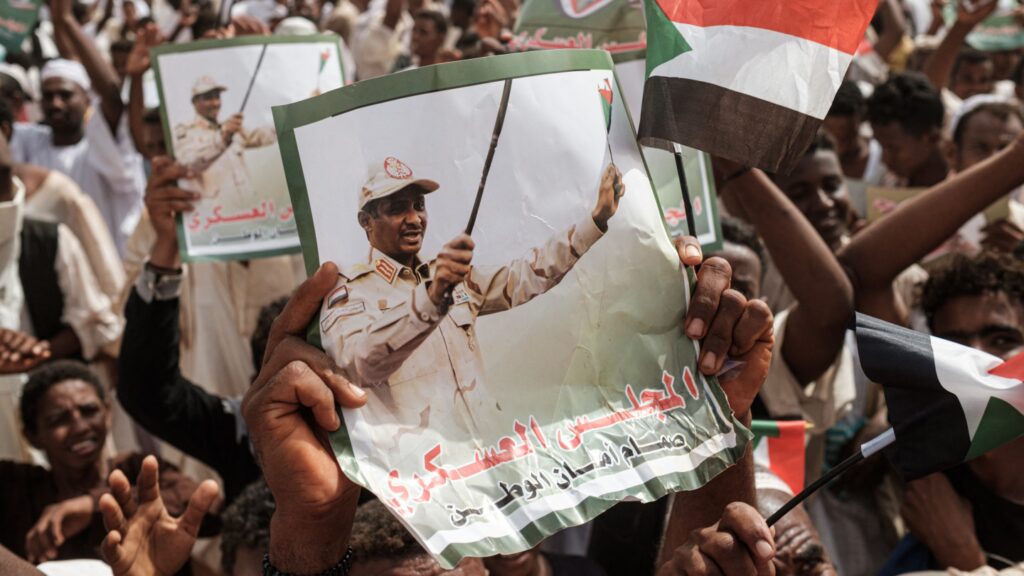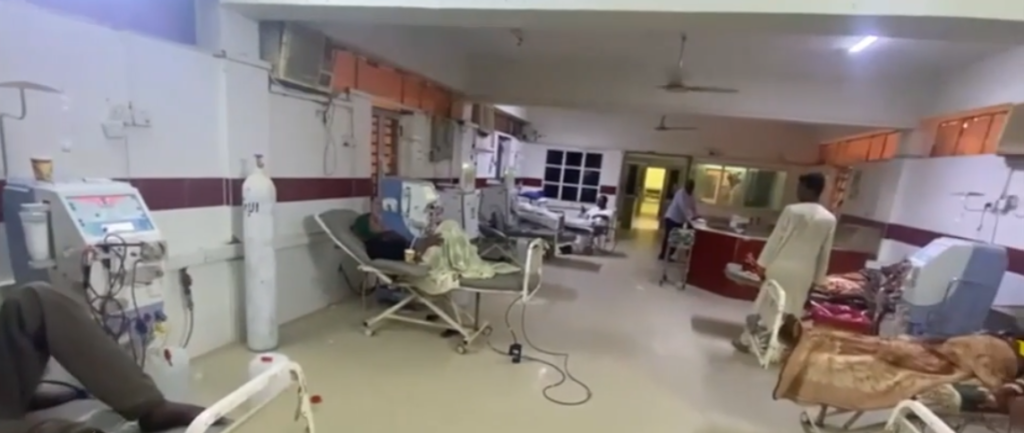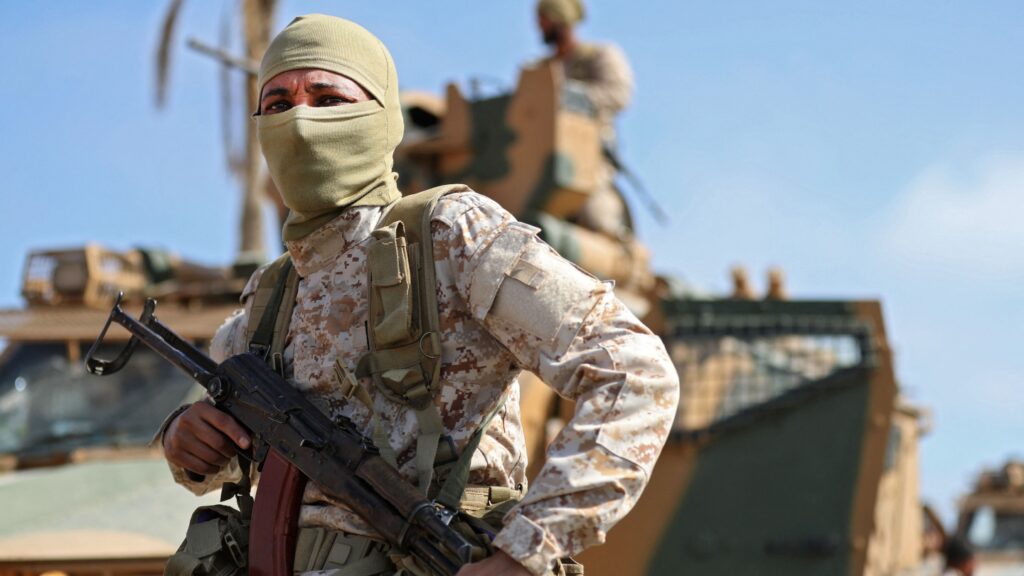1
La politique sahélienne de la France puise en grande partie ses racines dans l’histoire coloniale. Dans une région qui a été conquise et longtemps gouvernée par des militaires, elle a toujours été guidée par des impératifs sécuritaires [Bisson, 2003]. La grosse différence est que le colonisateur avait le temps pour lui. Occupé à gérer des territoires dans la durée, il jouait de la carotte et du bâton pour coopter ses opposants… ou les écraser. Les officiers en poste savaient évaluer les rapports de force et ne tenaient pas seulement leurs informations du renseignement militaire. Certains se piquaient même de recherche. Au début du xxe siècle, tant le gouverneur du Niger français, François Clozel, que son homologue britannique dans le Borno nigérian, Herbert Palmer, collectionnaient ainsi les manuscrits anciens, étudiaient l’islam et avaient entrepris d’écrire l’histoire des contrées qu’ils administraient. En comparaison, les ambassadeurs d’aujourd’hui présentent un profil personnel et un parcours professionnel très différents car ils sont désormais en poste pour des périodes relativement courtes. Chargés de dossiers prioritairement économiques et sécuritaires, ils doivent en outre obéir à des injonctions gouvernementales qui les enferment dans des bunkers et réduisent considérablement leur capacité à sortir de leurs bureaux et à s’affranchir des récits officiels des pouvoirs en place.


